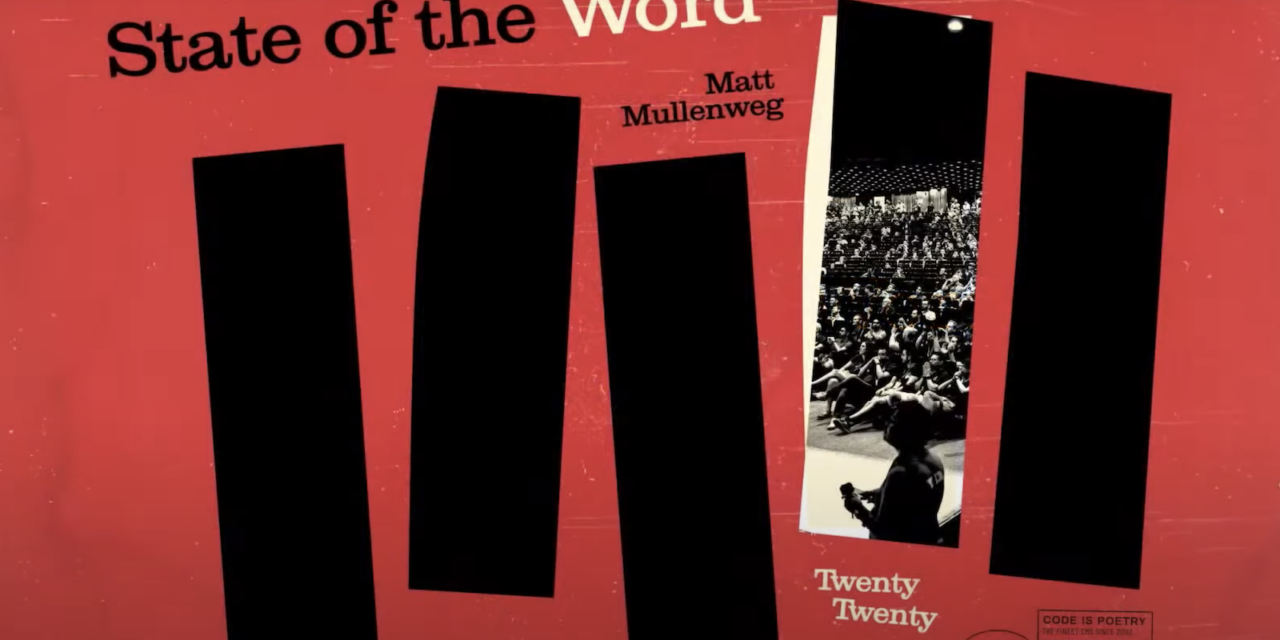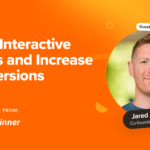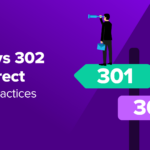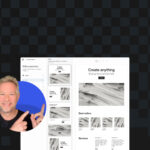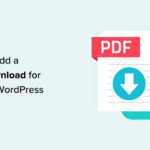WordPress enthusiasts around the world tuned into Matt Mullenweg’s annual State of the Word address this week, delivered virtually for the first time. Mullenweg recognized the community’s efforts in working together during a global pandemic, without the benefit of periodic in-person events that have traditionally re-energized collaboration on the project.
During a most unusual year that has warped the passage of time and slowed it to the speed of molasses, WordPress’ release schedule kept a steady, reassuring pace in contrast. The first part of the State of the Word highlighted the three major releases shipped in 2020, which introduced improvements to the block editor, a new default theme, application passwords for the REST API, and new, game-changing features like block patterns, to name just a few.
WordPress continues to grow its dominant market share and is currently sitting at 39.3% of the Alexa top 10 million sites. Mullenweg attributed that growth to three major contributing factors: the lockdown, e-commerce, and economic uncertainty. The lockdowns put in place to mitigate the virus’ spread had the effect of giving people the space and time to connect online. It also drove an uptick in entrepreneurship and e-commerce. Mullenweg reported that WooCommerce facilitated more than $20 billion in sales.
Site Editor Beta Demo Shows Progress on Full Site Editing Project
Gutenberg design contributor Joen Asmussen joined by video to unveil a sneak peek of the progress on the Full Site Editing (FSE) project with a demo of the Site Editor beta. The Site Editor allows users to edit a theme’s template outside of the post’s content. It introduces new blocks for things like the query loop, navigation, site title, tagline, and other aspects of editing templates.

The block list view shows all the different areas of the page, such as the header, footer, columns, and site title, so the user can jump to the section for quick access. Block patterns can also be used within template designs to speed up page layout or match a demo design. Given the current complexity of creating a template design from a blank canvas, block patterns have the potential to become even more indispensable when WordPress users finally get the reins for editing theme templates.

“This is the culmination of several ongoing projects to expand upon and improve the customization possibilities in WordPress,” Asmussen said. The demo offers a quick overview of how the FSE project is coming together. The reality of “everything becoming a block” is finally materializing. Gutenberg will soon be capable of providing a consistent editing experience across all aspects of site customization.
“By creating this common framework that every theme and plugin can build on, we’re reducing the balkanization within WordPress from people who are solving these problems lots of different ways, and providing what I believe is the basis for the next decade of WordPress’ growth,” Mullenweg said.
WordPress’ Global Community Reiterates the Demand for Multilingual Capabilities
The number of questions during the Q&A related to multilingual capabilities underscores the fact that WordPress is undeniably a global community. More than 50% of WordPress sites are not using English. Better multilingual support could be key to the next era of WordPress’ growth. Nevertheless, multilingual features are at the tail end of the four-phase roadmap for the project’s immediate future.
Mullenweg said WordPress is about “two years into a 10-year project,” with good chunks of phase 1 and phase 2 done. Phase 1 includes editing inside the post/page content, creating the fundamental building blocks and also bringing them to the mobile apps. Phase 2 is centered around editing outside the content, using blocks to create the site’s templates.
Phase 3 will introduce new collaboration features and workflow for real-time co-editing. Phase 4, which Mullenweg said is “just in the imagination stage right now,” covers multilingual features. He said he expects this phase to likely “be taken underway pretty vigorously in 2022.”
Matías Ventura answered a question about a phase 4 roadmap, confirming that there is no specific plan for its multilingual implementation right now. He said there have been some initial conversations regarding the implications of localization, specifically around patterns and block themes, and how those can be built. Nothing substantial has emerged yet but the team will be creating a more detailed overview of what is needed. Fallback languages is one feature that several community members brought up in the Q&A time.
When asked whether some existing multilingual solutions could be reused for core, Mullenweg was hesitant to prescribe a specific approach at this time. He said he is anxious to get better multilingual support in Gutenberg and offered what I believe is the most candid explanation thus far for why multilingual capabilities fall further down the the list of priorities:
Whether we do it as part of core or as part of an official plugin is to be decided. Part of the reason we made it phase 4 is that we can only do so many things well at a time. It is supremely important that we execute super well on these first phases of Gutenberg blocks. If we don’t get phase 1 and phase 2 to be the best experiences in the world for editing bar none, of any open source or proprietary competitors or builders, phase 3 and 4 just won’t matter because WordPress won’t be relevant a decade from now. I do believe that is the most important problem we’re facing. I don’t want to dilute the core contributors’ focus away from the initial phases of Gutenberg because that’s how important I think they are.
Mullenweg said there is nothing stopping the community from investing more in multilingual plugins and exploring different approaches to see what will get core most of the way there. The next official step would be figuring out a framework that will work well with plugins and themes.
Depending on your interest and involvement in the community, there is a lot more to explore in the Q&A. Check out the whole presentation in the video below.

